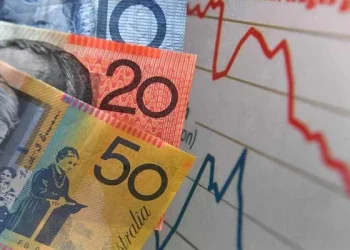During Asian trading hours on Friday, the EUR/JPY cross surged to 167.20, marking its highest level since 2008, propelled by a weaker Japanese Yen (JPY) following the Bank of Japan‘s (BoJ) policy announcement.
As anticipated, the BoJ opted to maintain its key interest rate at 0% during its April policy meeting, after having raised rates for the first time since 2007 in the previous month. The decision to end Japan’s negative interest rate regime, which commenced in 2016, underscores the central bank‘s evolving stance on monetary policy.
Additionally, the BoJ issued new inflation forecasts, projecting that inflation would hover close to its 2% target over the next three years, signaling potential rate hikes later in the year. The central bank reaffirmed its commitment to government bond purchases at a monthly rate of around 6 trillion yen ($38.45 billion), as outlined in its March guidance. Subsequently, the EUR/JPY cross witnessed an uptick as investors sold off the Japanese Yen.
Meanwhile, Tokyo’s consumer inflation for April displayed a notable decline, with the headline Tokyo Consumer Price Index (CPI) rising by 1.8% year-on-year (YoY), down from the previous reading of 2.6%. Similarly, the Tokyo CPI ex Fresh Food, Energy increased by 1.8% YoY, falling short of expectations and indicating softer inflationary pressures. This subdued inflationary backdrop further weakened the safe-haven appeal of the JPY.
On the Euro front, European Central Bank (ECB) policymakers expressed divergent views on interest rate policy. Joachim Nagel advocated for a rate cut in June, while Fabio Panetta highlighted the potential benefits of small interest rate reductions in mitigating economic stagnation in the euro area.
In summary, the EUR/JPY cross surged to multi-year highs amidst the BoJ’s policy decision, subdued inflation data from Tokyo, and diverging views within the ECB regarding interest rate adjustments.























